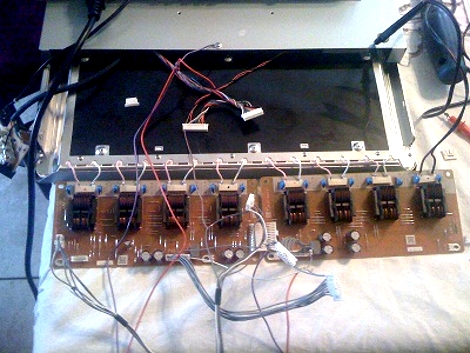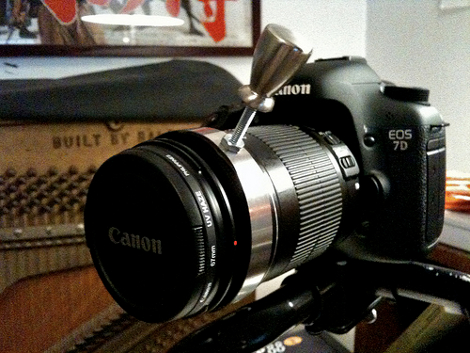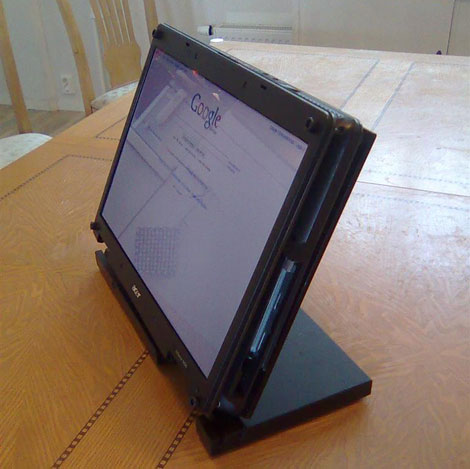
Another broken LCD TV came [Steve DiRaddo’s] way. This one had a broken backlight that he wanted to fix. He scrapped his LCD light table in order use the inverter. The two televisions were not the same size, nor made by the main manufacturer, but backlights all operate under the same principles. Using an inverter from a bit larger model meant it would have enough power to illuminate the lamps but he knew there’d be a problem with connectors and pinouts. After a bit of testing and creative wiring he got the system back up and running.
He’s got some extra parts left over from each TV including a bunch of CCFL lamps. Sound like it’s time to add some ground effects to his bike.














